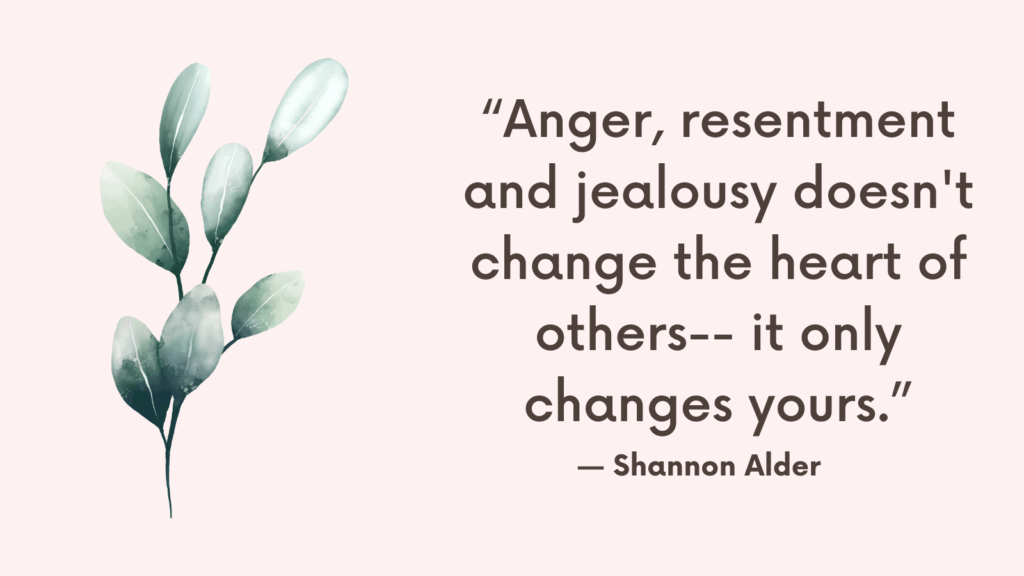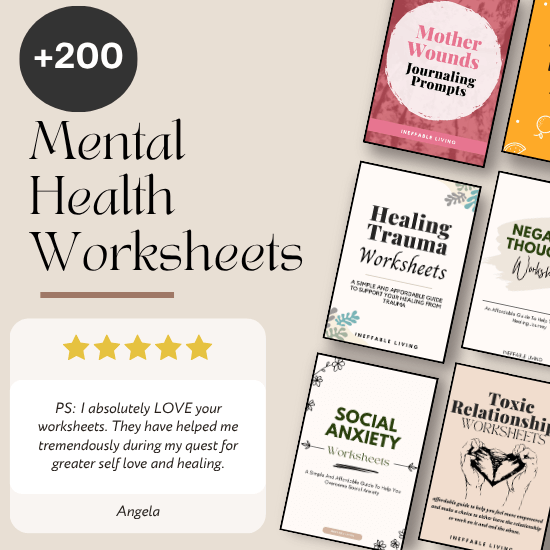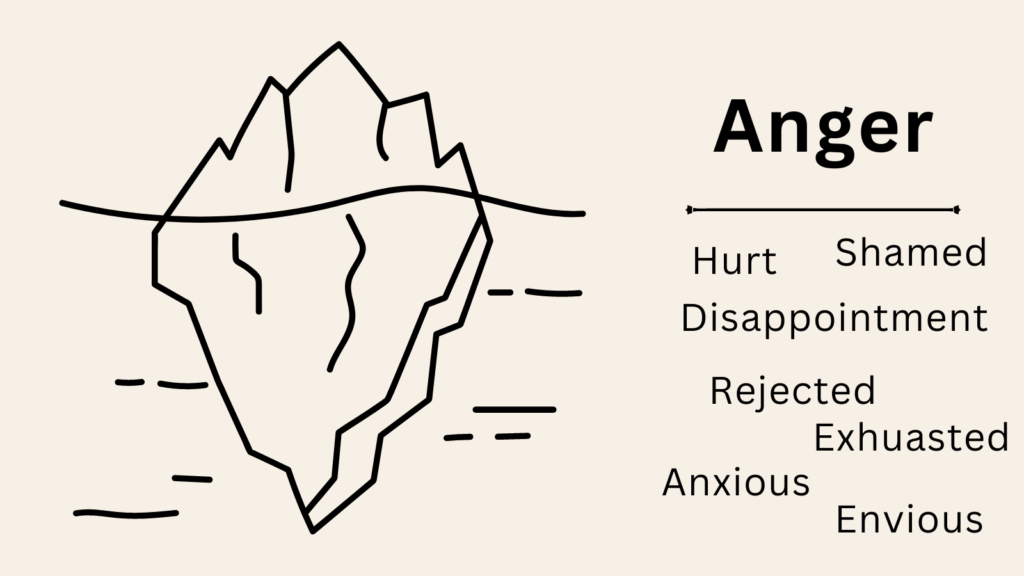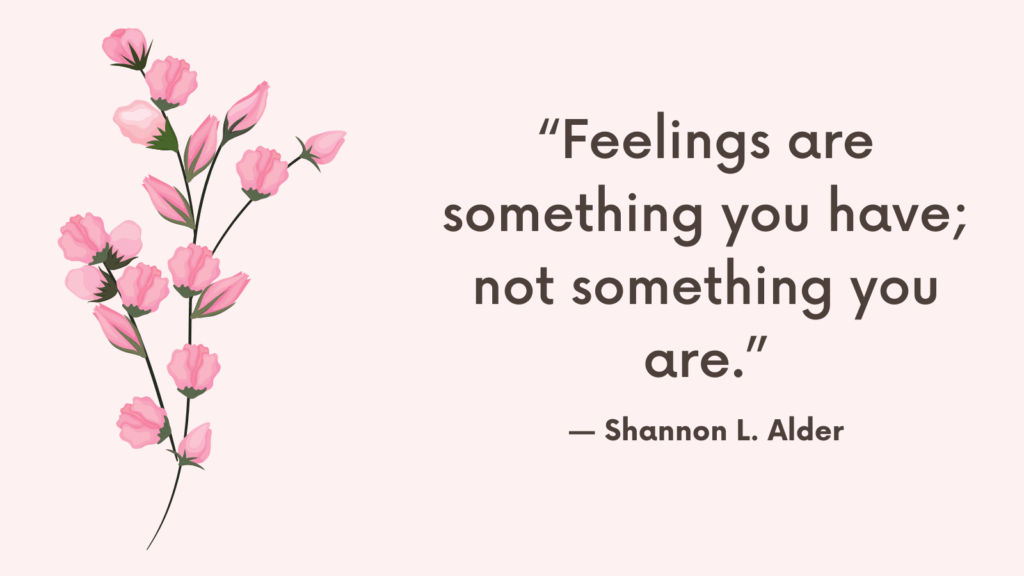Anger is often seen as a disruptive, negative force — something to control, suppress, or avoid. But anger is actually one of the most honest and energizing emotions you can feel. When approached mindfully, it becomes a powerful signal: something needs to change. Instead of reacting or retreating, you can use anger as a tool for clarity, growth, and transformation.
Understanding the Deeper Message of Anger
Anger is often misunderstood as a destructive or negative emotion. But beneath the heat, anger is a signal — a sharp, honest message from within that something is no longer working. When viewed mindfully, anger becomes less of a problem to be suppressed and more of a powerful force calling for transformation, protection, and truth.
1. Anger Signals a Boundary Violation
Most anger arises when a personal boundary has been crossed — whether emotional, physical, or psychological. That intense feeling is your system alerting you that you need to stand up, speak out, or walk away.
2. Anger Highlights Unmet Needs
Anger often flares up when core needs are ignored or dismissed — like the need for respect, recognition, safety, or fairness. Instead of just expressing rage, ask: What do I need that I’m not getting?
3. Anger Reveals Misalignment
Persistent anger can point to areas where your actions or environment clash with your values. If you feel chronically angry at work, in a relationship, or in daily life, it may be a sign you’ve outgrown the current setup — and change is overdue.
Related: Beyond Just Anger: How to Manage Intermittent Explosive Disorder?
4. Anger Is Energy for Movement
Anger brings heat, momentum, and intensity — energy that, when channeled, can drive bold action. It gives you the push to set a boundary, leave a toxic situation, start a difficult conversation, or demand justice.
5. Anger Brings Clarity
Though it feels chaotic, anger often clarifies what you can no longer tolerate. It sharpens awareness of what matters to you, what hurts you, and what you’re ready to outgrow.
6. Anger Pushes You Out of Silence
For many people, anger is the first emotion to break through years of suppression, people-pleasing, or quiet endurance. It says: I matter too. That voice deserves to be heard, not silenced.
Related: Frustration Intolerance: Understanding It and Building Patience
How to Reframe Anger as a Call for Change?
1. Recognize Anger as Information, Not Identity
Anger isn’t who you are — it’s a signal that something important to you is being ignored, violated, or threatened. Ask yourself:
- “What is this anger trying to protect?”
- “What boundary is being crossed?”
This turns anger from chaos into clarity.
2. Pause Before You React
Instead of exploding or shutting down, create space between the feeling and your response. Take a breath. Walk away. Say:
- “I need a moment to think about this.”
That pause allows anger to become productive instead of destructive.
3. Ask What Needs to Change
Once the initial heat passes, explore the core of your anger:
- Is this about unmet needs?
- Is this about something I’ve been tolerating too long?
- Is this showing me where I’m not being true to myself?
Anger often points directly to what you’re no longer willing to accept.
4. Turn Blame Into Responsibility
Instead of focusing on what others did wrong, shift the question inward:
- “What can I do differently moving forward?”
- “What changes can I make to prevent this from repeating?”
This reframing transforms you from a victim of anger into an agent of change.
Related: Top 14 CBT Exercise For Anger Management (+FREE Anger Worksheets)
5. Use Anger to Clarify Your Values
Anger often shows up when your core values are challenged — honesty, respect, fairness, loyalty. Identify the value beneath the anger and ask how you can live more in alignment with it.
6. Let Anger Motivate Action
Channel your anger into change, not conflict. Speak up. Set a boundary. End a toxic relationship. Start a hard conversation. Anger can be the fuel that moves you out of stagnation and into transformation.
7. Journal or Reflect to Extract the Lesson
After the moment passes, write down:
- What triggered the anger?
- What is it telling me?
- What can I do about it?
This reflection helps turn emotion into wisdom.
Related: Assertive Anger: What It Is & How to Practice It
8. View Anger as a Compass
When you feel angry, instead of asking, “What’s wrong with me?” ask, “What direction is this trying to point me in?”
- Toward more self-respect?
- Toward a new decision?
- Toward a healthier boundary?
9. Speak From the Anger, Not In It
Wait until you’re grounded, then express yourself assertively:
- “When this happened, I felt angry because it went against what I need.”
This transforms conflict into communication and blame into clarity.
10. Honor the Emotion Without Letting It Control You
You can feel anger without being consumed by it. When you reframe it as a message instead of a monster, it becomes one of your greatest allies for personal growth.
Let Anger Guide You — Not Rule You
Anger isn’t the enemy. When chronic, it’s a signal that something needs to change — internally, externally, or both. With attention and compassion, anger becomes less of a weight and more of a compass.
You don’t have to live in a permanent state of tension. When you work with your anger instead of fighting it or feeding it, you open the door to clarity, healing, and peace.
Related: Best 10 Anger Management Books And Workbooks
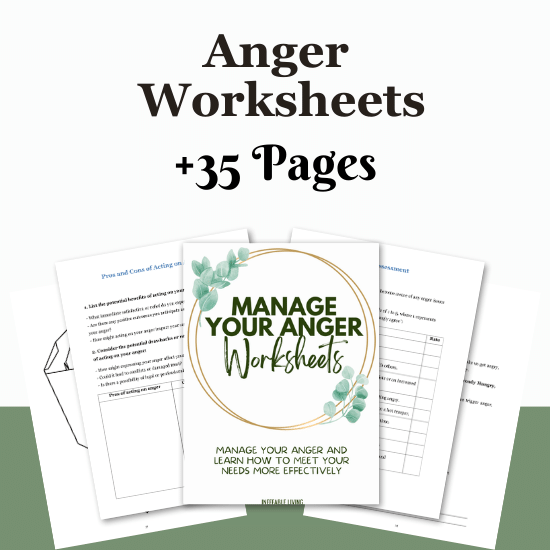
Conclusion
Anger is not the enemy — stagnation is. Reframing anger as a call for change turns it into a force for courage, boundaries, honesty, and self-respect. When listened to mindfully, anger doesn’t break things — it builds better ones.
